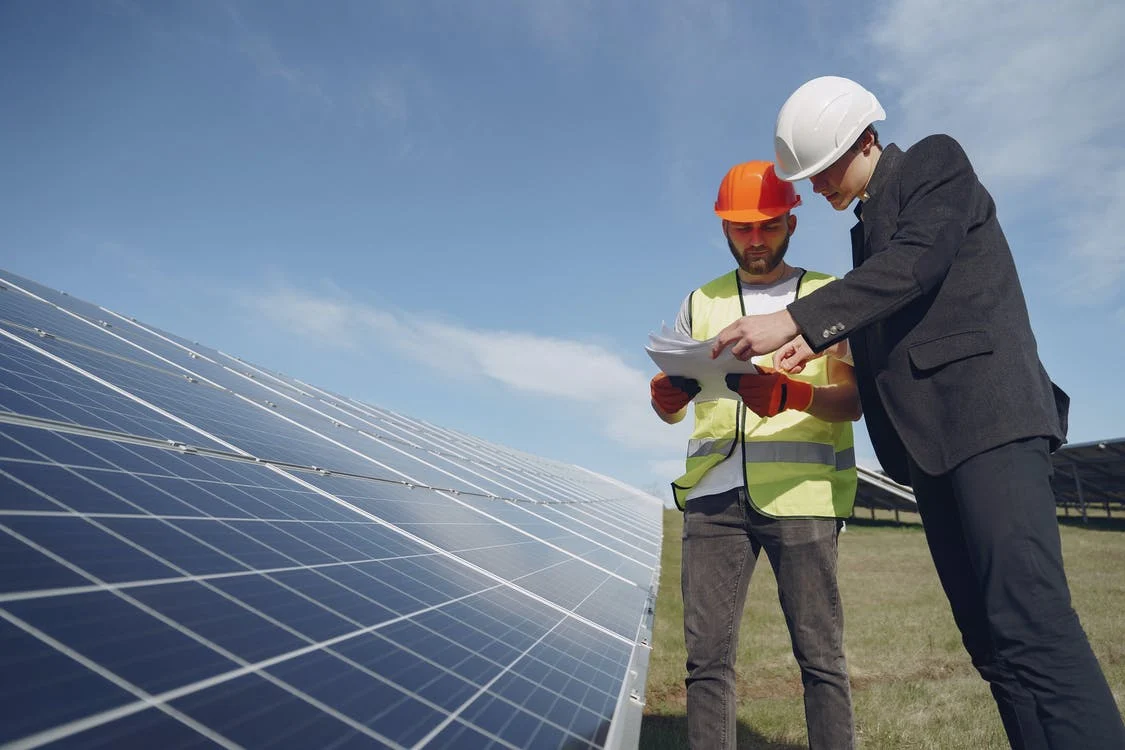
Living in the world today makes many of us wonder what it is that we can do for the planet, to avoid going further into the abyss of pollution. It requires a lot of habits we have to change, and that includes the way we supply our homes with energy. For this very reason, many are considering installing solar panels. Although larger solar panels are not as common as solar-powered calculators we’re used to having in our childhood days, they are there and not that hard to spot if you know where to look for them.
In fact, since 1958, these panels – which were once used almost exclusively in space, for supplying energy to electrical systems – have started to be used in less exotic places as well. Technology continues to advance and be incorporated into new devices non-stop, from glasses to solar-powered electric vehicles. That means that this method of energy supply has found its use in almost every aspect of our existence, as time went by. So, yes, panels are way more efficient today than a decade ago.
The hope of a “solar revolution” has been in the air for some time now, the idea being that one day we will use free energy from the Sun. This is a challenging idea because, on a sunny day, the sun’s rays provide approximately 1000W of energy per square meter on the earth’s surface. If they could collect all that energy, they could easily supply homes and offices with free energy.
How these panels work is one of the most common questions asked by people. Hence we decided to provide our readers with an explanation.
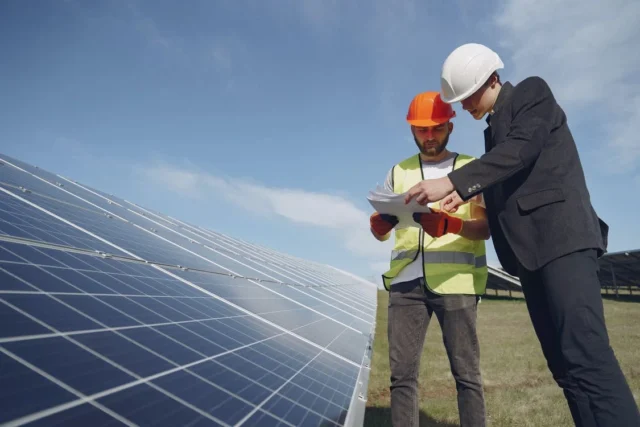
Each panel consists of a large number of photovoltaic cells. The number of cells depends on the required power and the dimensions of each panel. Each cell consists of two parts of a semiconductor, usually silicon. In order for photovoltaic cells to work properly, it is necessary to create an electric field. Just as a magnetic field is created as a result of opposite poles, an electric field is created when opposite charges are separated.
To create the electric field, panel manufacturers treat each half of the silicon with other materials so that each half has a positive or negative electrical charge.
More specifically, the top layer of silicon is treated with phosphorus to create a negative charge on that layer, while the bottom layer is treated with boron, thereby creating a positive charge on the bottom layer. This results in the creation of an electric field that arises at the junction of these two layers.
When a photon of sunlight hits the silicon plates, electrons are released, which then travel through the metal conductors on the edges of the silicon plates to the electrical cables and then become usable as electricity.
Types of panels
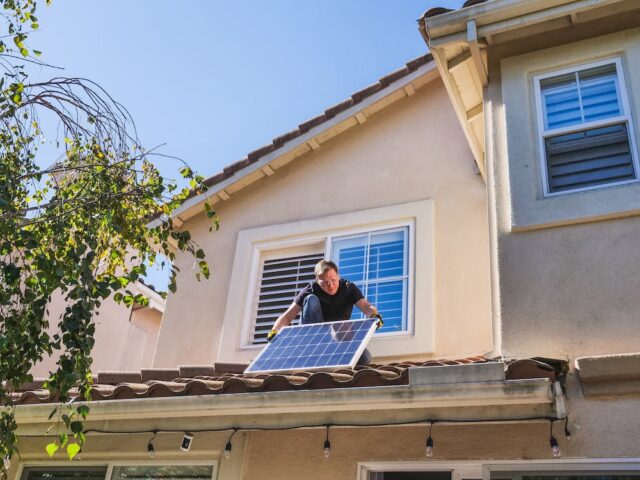
This article so far demonstrated how solar panels work, but there are various forms of solar devices such as solar collectors, solar water heaters, and CSP (concentrated solar power) that work in different ways. Although they use the energy of the sun, other systems produce hot water or hot air. To learn more about this click here.
Where has such a system found use so far?
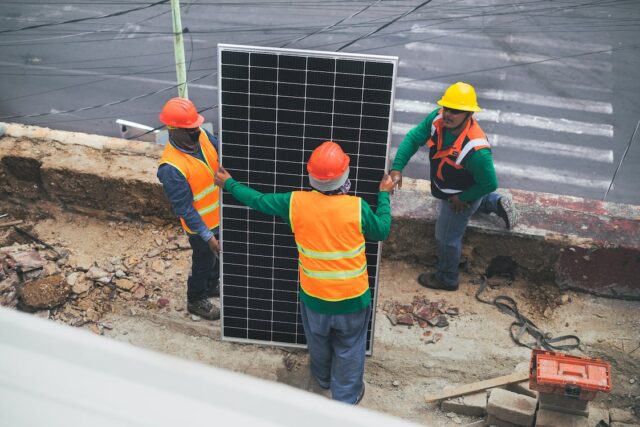
Given the fact that this technology is still in development and that fossil fuel resources are decreasing, it is no surprise that these systems are being used more and more every year.
Today, solar energy systems can be used to power cars and various devices and appliances, as well as to supply energy to residential and commercial buildings, and even entire cities. You can even opt for a renewable energy plan from your local provider if this is what you’re aiming for. Check out choose your power texas to learn more.
The most common form of human use of this energy is via panels that absorb sunlight to create electricity. They can be used as primary or secondary sources of electricity in households. Water heating, especially in closed reservoirs and swimming pools, or the operation of small devices, i.e. machines that are valid for small consumers, are just some examples of smart exploitation of this energy.
Its increasingly popular and practical use also includes heating with the help of collectors.
They absorb the heat of solar radiation and transfer it to the water in the solar tank.
Durability is considered their main advantage, in addition, they have a very high performance and are easy to install. In this way, unlimited amounts of free energy are used, and fossil fuel consumption and environmental pollution are reduced. Moreover, during their operation, there is no carbon dioxide emission. What a green way to heat your water!
The principle of heating is simple. Collectors use sunlight and convert it into heat. With the help of a pump, a special transfer fluid is forced into the heat exchanger of the reservoir, so the thermal energy is transferred to the water. This technology can also be used to cool water at night (usually only necessary in tropical climates).
This type of energy is already a reliable backup source when it comes to powering devices and electronics, however, it can also serve as a primary source. Until today there have been various products such as solar chargers that can supply energy to a wide variety of devices – from mobile phones to tablets, to music speakers and electronic readers. In addition, there are solar air conditioners, various thermostats, but also mini fridges, and freezers.
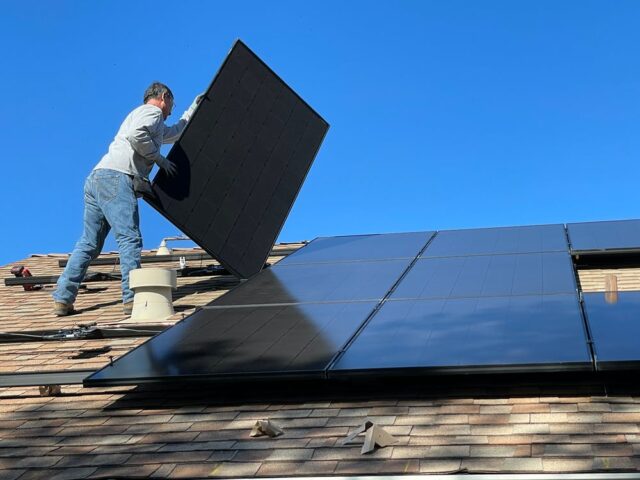
More and more people adopt the use of solar products and realize the importance of this renewable energy source. Therefore, it is quite expected that the awareness of how we consume energy, i.e. charge devices that are in daily use, will change over time.
This renewable energy source also has its application in agriculture. In fact, solar energy may be one of the simplest ways for farmers to produce electricity. The roofs of large silos, for example, are an ideal place to install a photovoltaic system, so the electricity produced in this way can also be useful on the farm.
So many applications have already been found, making panels and this type of energy more and more useful to our everyday lives. We can only wait and see what the whole concept looks like a decade from now.









